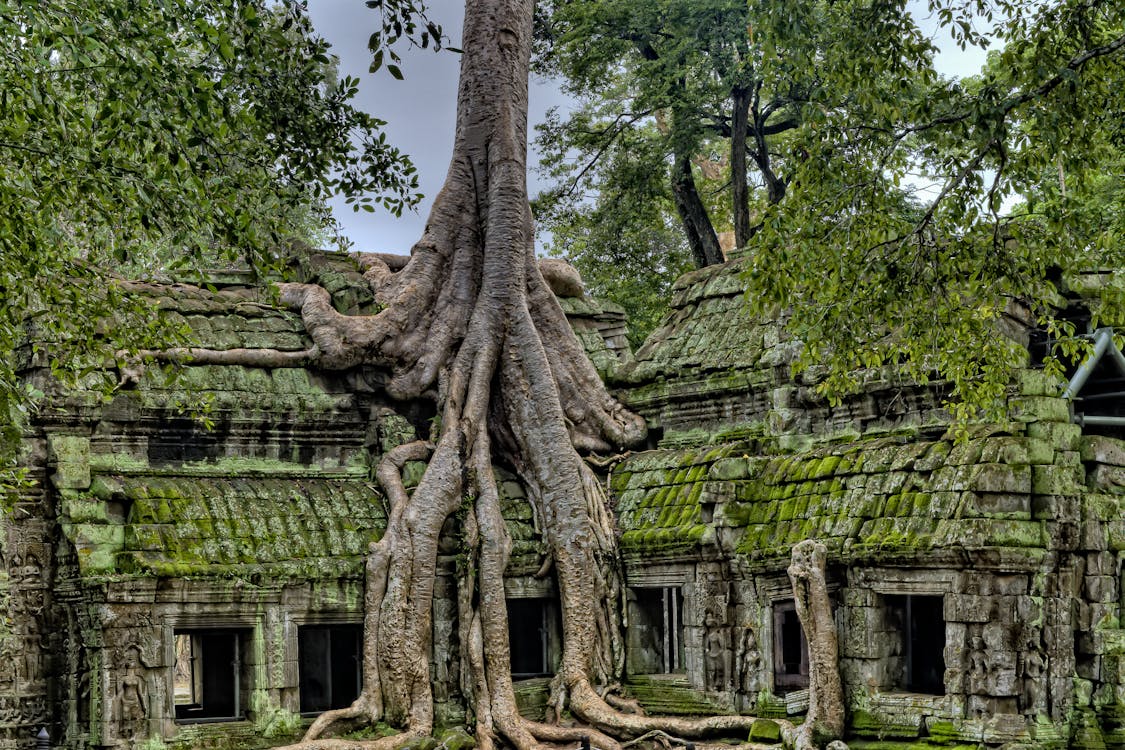In the heart of indigenous communities, trees are not mere entities but living treasures integral to their existence. This exploration uncovers the profound ways in which these communities utilize trees, weaving a tapestry of medicinal, cultural, and practical significance. Beyond mere resources, trees embody a sacred connection, and preserving these traditions becomes an imperative for sustainable practices.
Medicinal Marvels:
In the dense foliage of the Amazon rainforest or the vast expanses of the African savannah, indigenous communities have long turned to trees for their medicinal wealth. Traditional healers, often the bearers of ancient knowledge, rely on the bark, leaves, and roots of specific trees to concoct remedies. These botanical pharmacies hold the keys to treating ailments, offering a holistic approach deeply entwined with nature.
Cultural Tapestry:
For indigenous communities, trees are not just part of the landscape; they are living chapters of cultural narratives. Sacred trees are revered as embodiments of ancestral spirits, their branches reaching into the past. Rituals and ceremonies, conducted beneath the shade of ancient trees, connect the present generation with their forebears. The cultural significance of trees extends beyond the tangible, forging an intricate link between nature and identity.
Practical Sustenance:
In the midst of vast forests or on arid plains, indigenous communities have mastered the art of sustainable living, utilizing trees for more than just spiritual or medicinal purposes. From constructing dwellings with sturdy wood to fashioning tools and utensils from branches, every part of the tree finds purpose. The wisdom passed down through generations ensures that these practices harmonize with the environment, leaving minimal impact.
Preserving Traditional Knowledge:
As the world hurtles towards modernization, the intricate knowledge possessed by indigenous communities about tree uses is at risk of being lost. Efforts to preserve this wisdom are crucial not only for the communities themselves but also for the broader global understanding of sustainable living. Acknowledging and respecting traditional knowledge becomes a shared responsibility, fostering a more harmonious coexistence with nature.
Safeguarding Biodiversity:
Indigenous practices are inherently sustainable, emphasizing the need to protect biodiversity. Their intimate understanding of ecosystems ensures that the extraction of resources is balanced with the preservation of biodiversity. By safeguarding the trees and the ecosystems they inhabit, indigenous communities exemplify a harmonious relationship with nature that modern societies can learn from.
Conclusion:
In the intricate dance between humanity and nature, indigenous communities stand as custodians of a profound legacy. The traditional uses of trees, embedded in medicinal practices, cultural rituals, and sustainable living, offer a blueprint for a more conscientious coexistence. It is our collective responsibility to recognize, respect, and preserve the wealth of knowledge encapsulated in the leaves, branches, and roots of these ancestral trees.


Post a Comment
0Comments